Protecting your indoor air quality:
Any renovation or building project is exciting, but it can also be exhausting and emotionally taxing. Right at the end when it's time to furnish your new space can be one of the hardest times to stick to your environmental convictions.
当你终于准备好搬进去的时候,至少可以这么说,你会忍不住去当地的瑞典盒子店,把你的整个房子都布置好。但不幸的是,这可能会让你为保护室内空气质量所做的很多努力白费。
This is not to pick on box stores, but their allure is largely affordability, and the healthier products will often cost a bit more. I can't think of one box store where you can walk in and find formaldehyde-free cabinets, non-toxic carpets, and sofas without fire-retardants or chemical stain protection.
The unfortunate truth is that these products will be harder to find, and more expensive. What we offer here is a reminder and encouragement, not judgment. So do what you can and good luck!
1. The lifecycle of goods
我们购买的所有东西都有生命周期和碳足迹。Here are some questions to ask that can help you determine the true ecological cost of an item:
Where was it made?There are a lot of reasons to question where a product originated. Transportation for example, will greatly increase the carbon footprint of any item. On top of that, working conditions around the globe can be quite questionable, often involving child labour and other human rights violations. Environmental standards can also be lower in other parts of the world; which doesn't simply mean pollution during production, but goods themselves can be hazardous to your health.
How long will it last?Sometimes purchasing cheaper items can cost you more in the long run. Poor quality materials, craftsmanship and hardware can significantly shorten the lifespan of furniture.
Does it contain recycled content?It will likely say so if it does. Conversely, the words "new material only" that you will often find on items like bedding, clearly means that it contains no recycled content.
它在使用结束后可以回收吗?Natural fibres like cotton are recyclable, as are metal and solid wood. Chipboard and foam products are not. As the lifespan of manufactured goods is significantly shorter in this age than generations past, this is a pretty important consideration. It will help relieve some of the burden on both our natural resources and landfills.
2. Office and bedroom furniture
Newer materials often contain formaldehyde, which will be off-gassing into your home for years. That alone makes the case for antiquing if you have a fat wallet, or garage sale trolling if you don't. Formaldehyde in furnishings will evaporate over time, so for that reason alone, the older the better. The first few years are the worst for off-gassing.
3. Kitchen and bathroom cabinets
大量生产的家具几乎总是含有甲醛和其他挥发性有机化合物。这是有可能的,但如果你找到正确的商店,从货架上找到不含甲醛的产品并不容易。
如果你正在建造定制的厨房和浴室,请和你的厨具制造商谈谈使用无毒材料。保险费不应该超过10%到15%。See our full cost breakdown ofgoing green in the kitchenfor more details, anddiscover more about formaldehyde-free plywood here.
4. Sofas
Pay close attention to the upholstery. If you find a fabric that you can prep your dinner on and it won't stain, that means it contains a cocktail of nasty chemicals. Keep in mind when you are shopping, that darker colours show less stains.
5. Natural carpets

The carpet industry has made huge gains in cleaning itself up in the last decade or so, before which products were hugely polluting in production, and contributed to poor indoor air quality. It is much better now, but still not great.
Natural carpets are available, though they can be a little pricey. The healthiest carpets will be natural fibres like sisal, wool or sea grasses. Wool carpeting is quite durable and completely non-toxic, super comfortable, if a little pricey. Sisal rugs are another excellent green carpet choice, as they are also very durable, and quite affordable.
6. Chemical-free mattresses and bedding
A standard mattress can contain and release many toxins, found in the glues, foams, pesticides, fire-retardants and chemicals that prevent staining. And like so many products throughout our homes, they will be heavily laden with formaldehyde.
In many areas fire-retardants are mandated by law, a law which sometimes can be skirted with a doctor's note and a special order mattress. If not, ensure the fire-retardant used is boric acid, which is a naturally occurring and relatively harmless substance, as long as you don't eat it by the spoonful.
The ideal 'healthy' mattress would be 100% natural materials like wool, cotton, hemp or bamboo. Products labeled 'all natural' are not necessarily free of chemical treatments, so ask some questions when shopping.
If you want a healthy bed but don't want to give up the softness of a polyurethane pillow top, be prepared to spend some money. But your garden variety futon can actually be among the most affordable beds (somewhere between $200 and $500 depending on size), and a very healthy alternative.
One of the downsides to a futon is that it will firm up fairly quickly over the course of its life. But if you flip and rotate them regularly, they will compress evenly. Many people have kept the same futons for 20 years or more; this does of course require a taste for firm beds.
And finally for your bedding, just stick to the same theme and look for natural materials like down-filled pillows and duvets, wool blankets and cotton sheets.


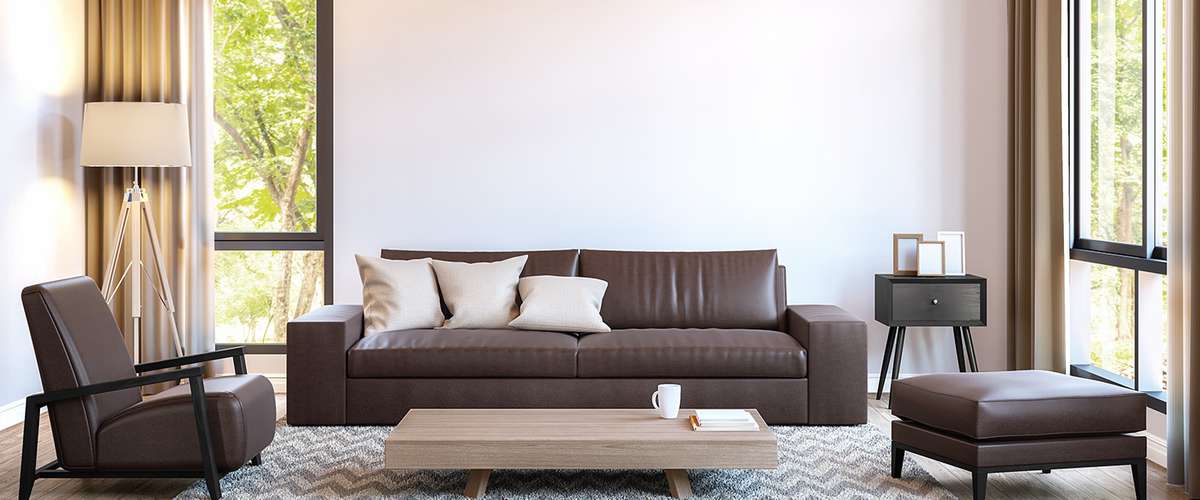












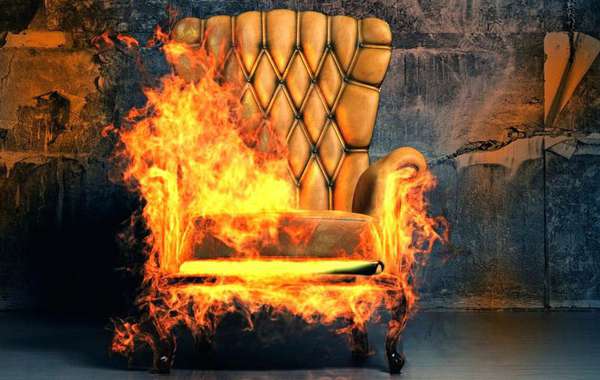
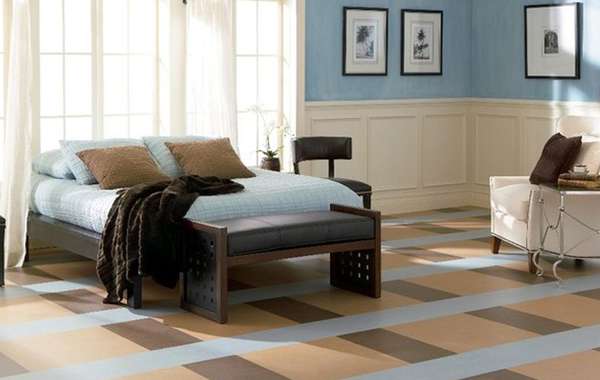
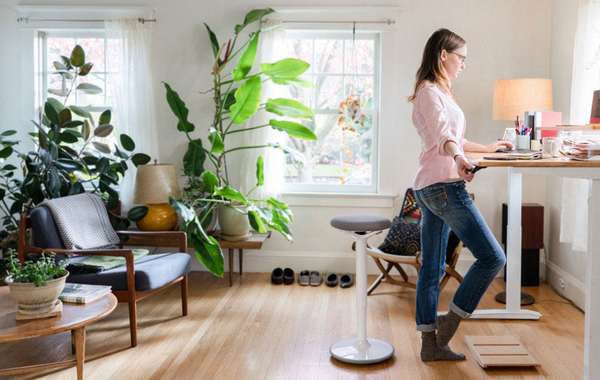
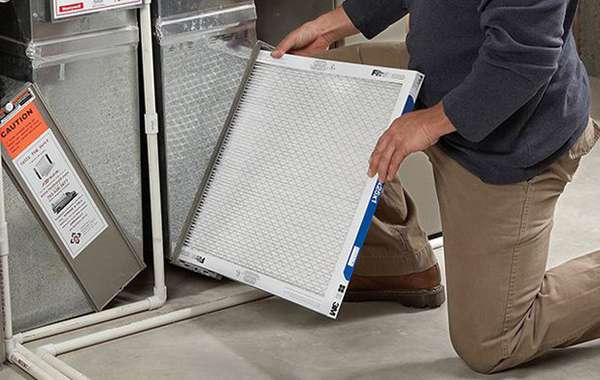
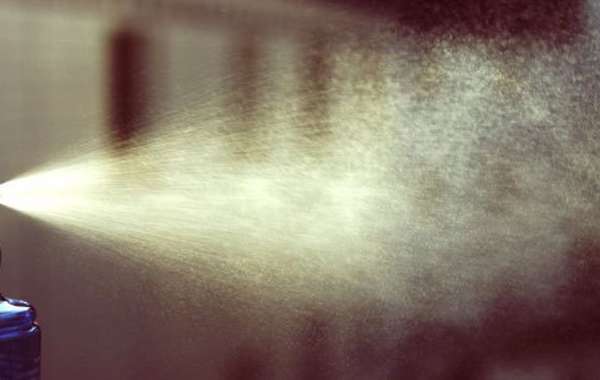
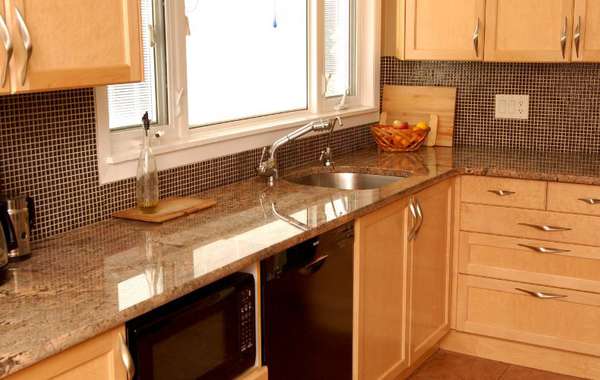
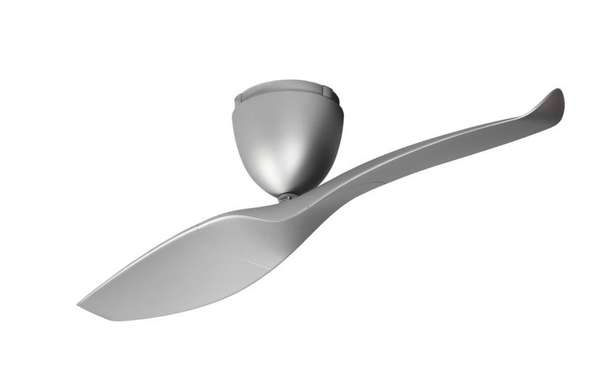
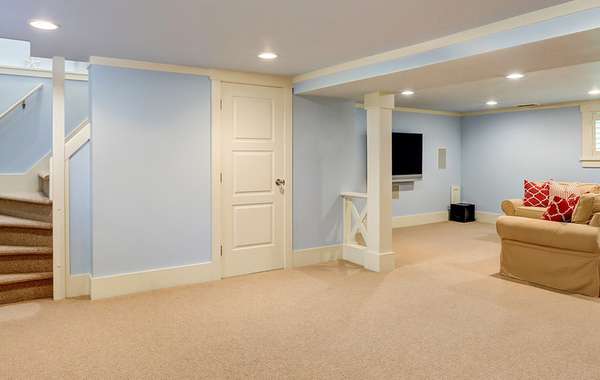
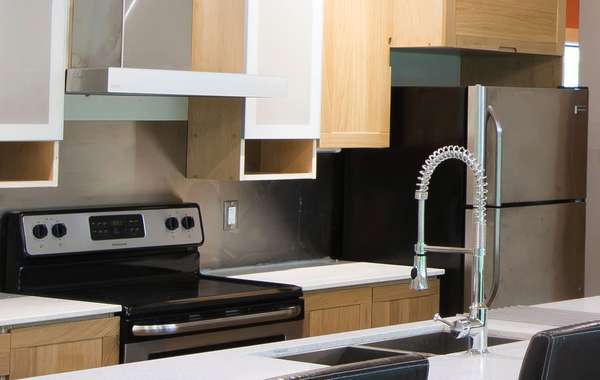
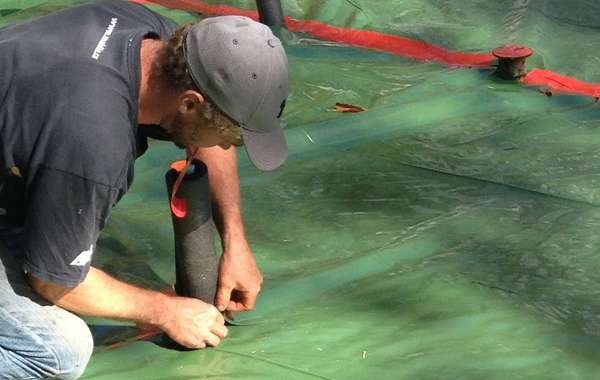
Comments (0)
Sign Up to Comment